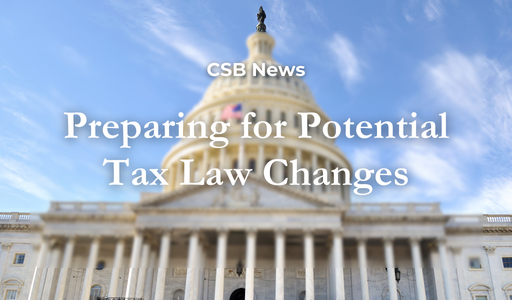Trump’s Tax Policy in 2025 and Its Impact on Construction Contractors
In 2025, President Trump’s tax policy will likely reflect a blend of previous initiatives, with several potential changes that could impact construction contractors. This article explores what construction contractors can expect from Trump’s tax policy.
Corporate Tax Rates and Pass-Through Entities
One of the most significant aspects of President Trump’s tax policy in recent years has been the reduction in corporate tax rates. Under the Tax Cuts and Jobs Act (TCJA) of 2017, the corporate tax rate was reduced from 35% to 21%. In 2025, contractors operating as corporations will continue to benefit from these lower corporate tax rates. Trump has proposed further reducing the corporate tax rate from the current 21% to 20%.
Furthermore, President Trump has proposed reinstating a form of the Domestic Production Activities Deduction (DPAD) at 28.5%, which effectively lowers the corporate tax rate for domestic producers from 21% to 15%. This deduction, which previously provided tax relief for domestic manufacturing activities but was eliminated under the 2017 tax law.
Changes to pass-through entities, which many construction contractors utilize, will also be of interest. Construction contractors often operate as pass-through entities like S-corporations, LLCs, and partnerships, which allow business income to be taxed at individual tax rates. Under the TCJA, a deduction of up to 20% of qualified business income from pass-through entities was established, commonly referred to as the Qualified Business Income (QBI) deduction. In 2025, this deduction could be expanded or restructured, depending on legislative changes. If the QBI deduction remains intact or increases, many construction contractors will see a favorable tax benefit, especially small and mid-sized companies.
These anticipated changes could provide significant tax savings for construction companies, particularly those involved in domestic manufacturing of construction materials and equipment.
Depreciation and Section 179 Expensing
Construction contractors typically invest heavily in equipment, machinery, and vehicles, which can be expensive. Under the Trump administration’s tax policy, there have been favorable rules surrounding depreciation. One key provision is the Section 179 expensing rule, which allows businesses to deduct the full cost of certain capital expenditures in the year they are purchased rather than depreciating them over several years. In 2025, this provision is expected to remain intact, enabling contractors to quickly write off large equipment purchases, which can significantly improve cash flow. There are limits to the Section 179 deduction. The maximum Section 179 expense that can be taken in 2025 is set to be $1,250,000. This deduction begins to be phased out if purchased property exceeds $3,130,000 in 2025.
Bonus depreciation, which permits immediate deduction of a percentage of qualifying asset purchases, is being phased out under the TCJA provisions. Under current law, in 2024 the deduction will reduce from 80% to 60%. The deduction will drop to 40% in 2025 and sunset after 2026. President Trump has proposed to reinstate the 100% bonus depreciation deduction for new and used assets. This provides contractors with immediate tax benefits when they acquire new construction equipment, and allows for a more flexible and efficient approach to managing large capital investments.
Labor and Employment Tax Considerations
Construction contractors, particularly those who hire a significant workforce, will also be impacted by changes to labor and employment tax policies under Trump’s tax plan in 2025. Efforts to reduce payroll taxes, expand the reach of tax incentives for hiring veterans or disadvantaged workers, and enhance retirement savings options for workers could offer advantages to construction companies.
Additionally, any changes to the tax treatment of independent contractors versus employees could have implications for the industry. Many construction workers are classified as independent contractors and shifts in tax policy regarding how these workers are treated could impact hiring practices, employment classifications, and overall tax liability for contractors.
Tariffs and International Trade
Trump’s tax policy also includes a proposal to impose a universal 20% tariff on all imported goods, with a higher rate of 60% for imports from China. This could have mixed effects on the construction industry:
- Higher Costs for Imported Materials: Construction companies that rely on imported materials may face higher costs, which could impact project budgets and timelines.
- Shift to Domestic Suppliers: The tariffs could encourage a shift towards domestic suppliers, potentially benefiting U.S. manufacturers and reducing supply chain disruptions.
President Trump’s tax policy in 2025 presents a mixed bag for construction contractors. On the one hand, tax cuts and depreciation incentives could offer financial benefits for construction businesses. On the other hand, any changes to capital gains tax, labor regulations, or tax rates could introduce new challenges. Regardless of the policy changes, construction contractors will need to stay informed and adapt their strategies to navigate the evolving tax landscape effectively.

Kirsten Sokom
Principal
Audit services for construction, manufacturing, and distribution companies; engagement quality control and best practices.

Nikki Allen
Tax Manager
Preparation of individual, small business, partnership, S Corp, and corporate tax returns.















